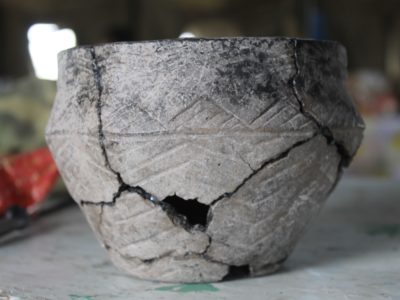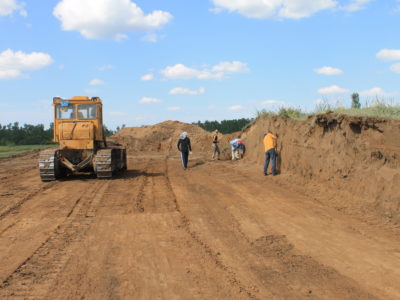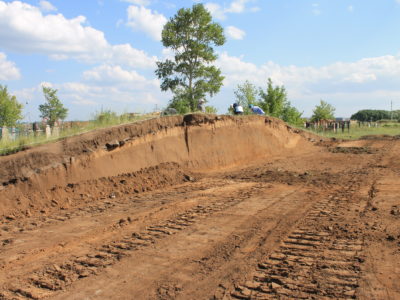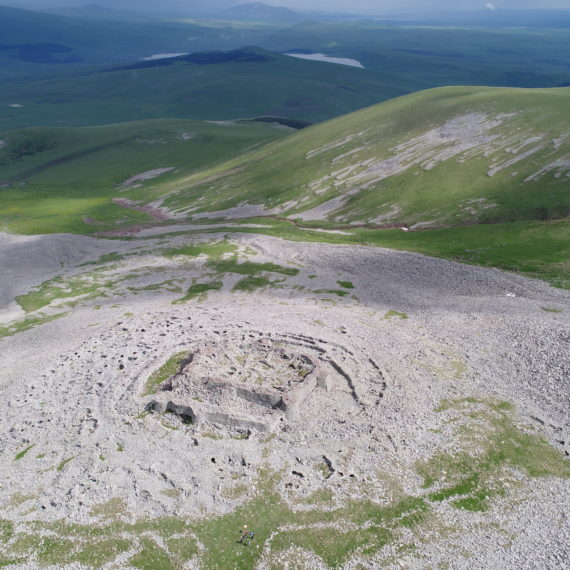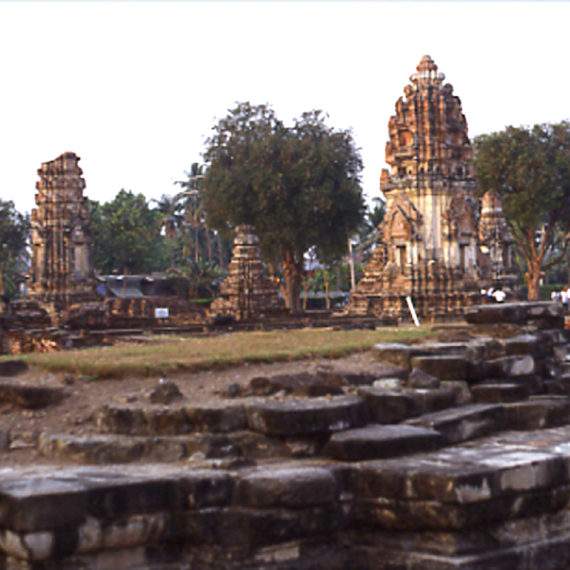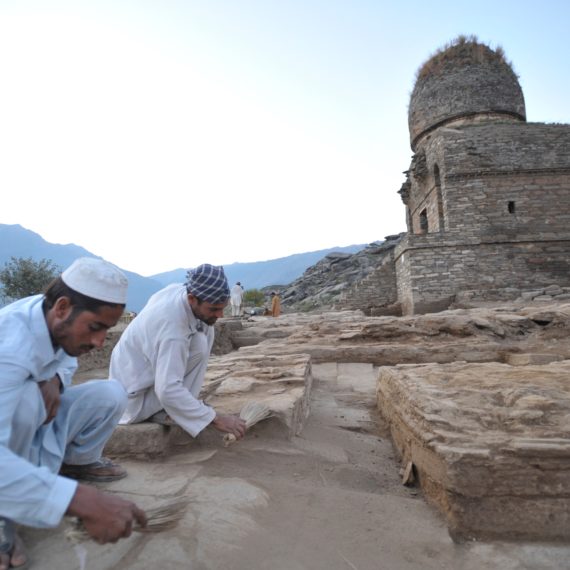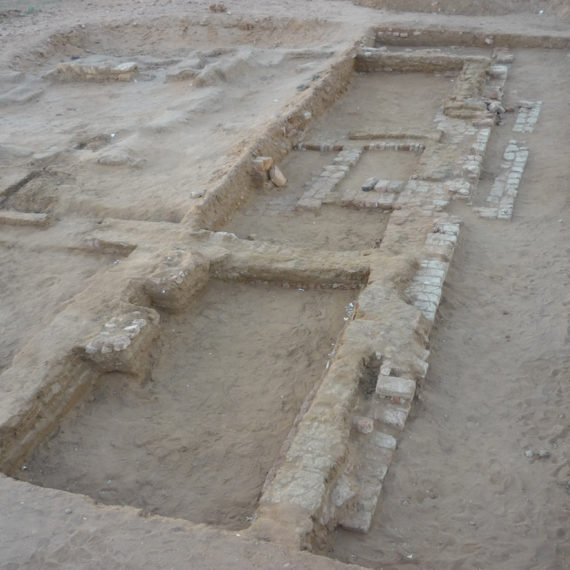
The Sacred Landscape of the Saryarka Region (Kazakhstan): Genesis, Typology and Semantic
This historical and archaeological research project dedicated to the study of the Sacred Geography of Saryarka, the main region of central Kazakhstan comprising the area of the new capital Astana, is conducted in close collaboration with the AstanaInstitute of Archaeology “K.A. Akishev” (director Maral K. Khabdulina) and with technical and logistical assistance from the Astana National Eurasian University “L.N. Gumilev”. It has been funded for three years (2018 – 2020) by the Kazakhstan Ministry of Education and Scientific Research. The project aims to study the evolution of human settlement in the Saryarka region, from the Neolithic period and the Bronze Age until the 19thcentury – when the Saryarka region was annexed to the Russian Empire, later becoming an integral part of the Soviet Union. Particular attention is given to the Iron Age (1stmillennium BC), when Saka nomad communities began to exploit the grassy pastures along the RiverIshim, and to the final centuries of the first millennium AD, when Islam first spread to the area. The project’s main purpose is to analyse how over the centuries the mobile communities of prehistoric and medieval animal herdersand breeders have changed the steppe landscape of central Kazakhstan by building towns, villages, cemeteriesand sanctuaries, roadsand fortresses, mosques and minarets. The exploitation of natural resources and the social and cultural interactions between different Eurasian societies are also fields investigated by the project.
The Sacred Landscape of the Saryarka Region: collective monography (Sakral’nyy landshaft Saryarki: Kollektivnaya monografiya)



